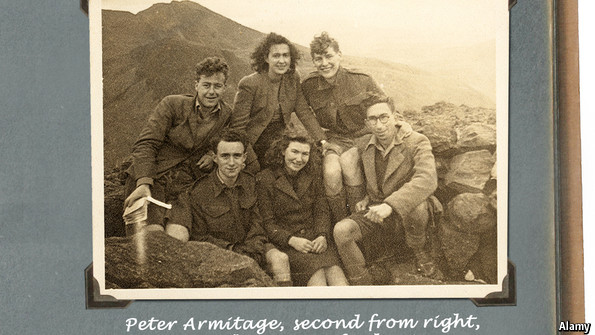Most stories and reporting around World War II focus on the military engagement and battles that determined the outcome of the war.
An interesting side that few have told is that of statisticians. The British Government turned to statisticians to see what it needed to know about its people, manufacturing and economy in order to win the war. Historians say that statistics helped to mobilise and supply troops, manage food rationing, and equip weapon & vehicle facilities.
Here are a few examples of those men who supported the Allied war effort through their knowledge and abilities with statistics.
Feeding Britain was of vital concern during the war, since the country imported most of its food. This had become almost impossible because of the dangers and increasing costs of shipping. Frank Yateslooked revised fertilizer rationing through trials and research.
Scientist Frederick Lindemann set up a governmental statistics unit in 1939, becoming Churchill’s personal statistics unit. A surplus of figures came through the government during the war, so the statisticians worked to reconcile these and come up with a realistic basis to work from. They balanced rationing, manpower, tax requirements, and social insurance.
Frederick Marquis was Minister of Food during World War II. He was tasked with clothing the troops, but had no idea where to start. With no data available, he turned to statistics. He worked with Major Greenwood from the London School of Hygiene and Tropical Medicine to create a statistical formula upon which he could work from.
Claus Moser, now 92, became a statistician after learning from others whilst being held in a British refugee camp for Germans living in England. He was only 17, so he was released and went on to graduate from the London School of Economics. His fluent German and his excellence in statistics ensured his participation in the war effort in France where he was part of a group verifying and reporting on-the-ground reality. Post-World War II, he went into academia, and in the late 1960s, he became head of the government’s statistical service, The Economist reports.
George Box, a sergeant at Porton Down during the war, was studying the impact of poisons that could be used against the enemy, including mustard gas. He saw the need for statistics and corresponded with Karl Fisher who was the pre-eminent academic statistician at the time. They tested healing times for mustard gas blisters usingcreams, but found that nothing helped. He found that the best remedy was to clean and bandage them, which still remains the best remedy today.
